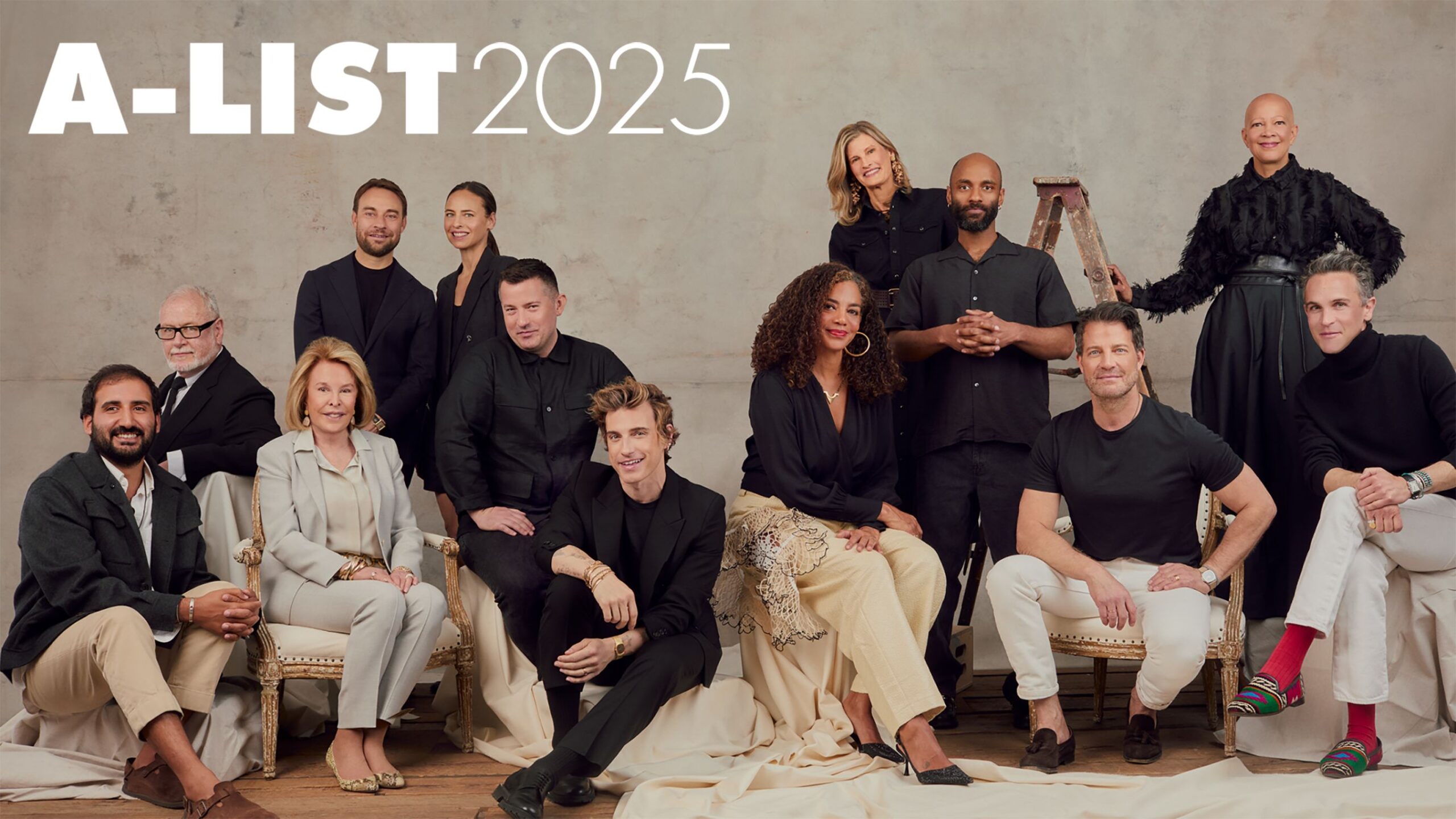If there is one thing I remember about The Osbournes, which premiered on MTV in 2002, it’s the bleeping. The show offered unprecedented access into the chaotic, strangely endearing, and spectacularly foul-mouthed home life of Black Sabbath frontman Ozzy Osbourne and his family. At a time when celebrity culture was still heavily curated and controlled by publicists and press appearances, The Osbournes clicked with audiences for its raw, unfiltered access to the domestic life of one of rock’s most eccentric families.
Starring Ozzy, his no-nonsense wife Sharon, and their kids Jack and Kelly, the show gave viewers a not-so-sneak peek into their Beverly Hills mansion, outfitted as a pseudo-English country estate. It presented an early-aughts vision of success: a big house in Beverly Hills (just two short years after the zip code was made forever famous by Beverly Hills, 90210) that didn’t skimp on personality. Early on in the first episode, as the family moves into their new home, a camera pan reveals the specific type of domestic bliss we’re in for: boxes marked “pots + pans,” “linens,” and “devil heads.”
But the home’s gothic elements were surprisingly sparse. The focal point was a large open-plan living and dining room with dual refrigerators, glass-fronted cabinetry for displaying china, and a floral print sofa with loose cushions. The place was littered with knick-knacks and mementos. Before Pinterest, Instagram and Selling Sunset, this was a home that showed that the good life was still a version of real life.
What made The Osbournes significant wasn’t just its popularity, but its impact on television. Unlike traditional interviews or documentaries, this was access in its purest, most voyeuristic form. It humanized the family by showing their mess, both literal and emotional.
The show also paved the way for an explosion of celebrity-based reality TV. Programs like Newlyweds: Nick and Jessica, Keeping Up with the Kardashians, and countless others followed the template pioneered by the Osbournes. In hindsight, the show was more than just a novelty, and Ozzy’s impact on what we expect from celebrities is still undoubtedly felt today. His decorating choices, though? Not so much.

Sean Santiago is ELLE Decor’s Deputy Editor, covering news, trends and talents in interior design, hospitality and travel, culture, and luxury shopping. Since starting his career at an interior design firm in 2011, he has gone on to cover the industry for Vogue, Architectural Digest, Sight Unseen, PIN-UP and Domino. He is the author of The Lonny Home (Weldon Owens, 2018), has produced scripted social content for brands including West Elm and Streeteasy, and is sometimes recognized on the street for his Instagram Reels series, #DanceToDecor






